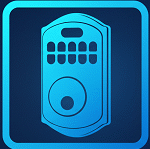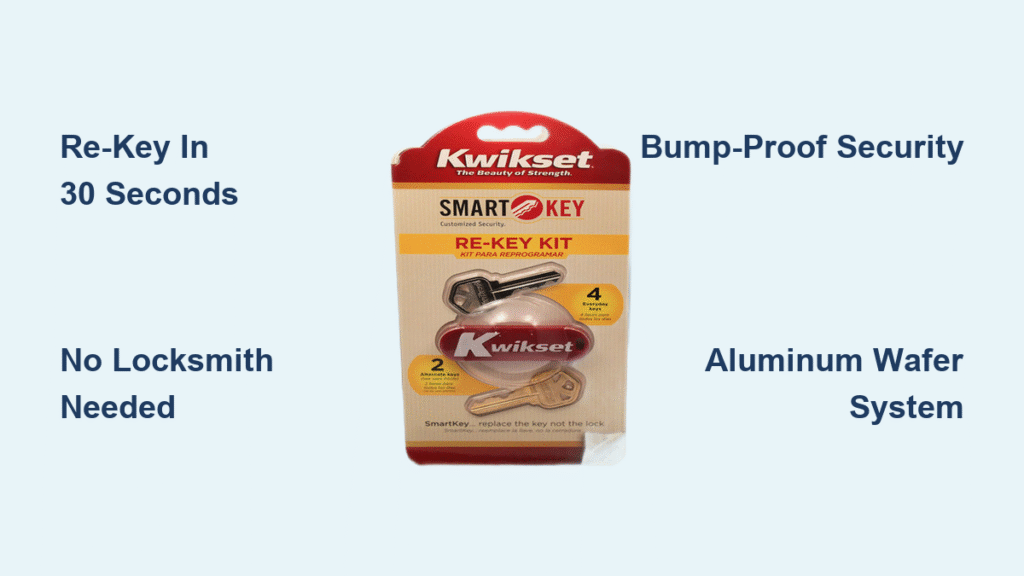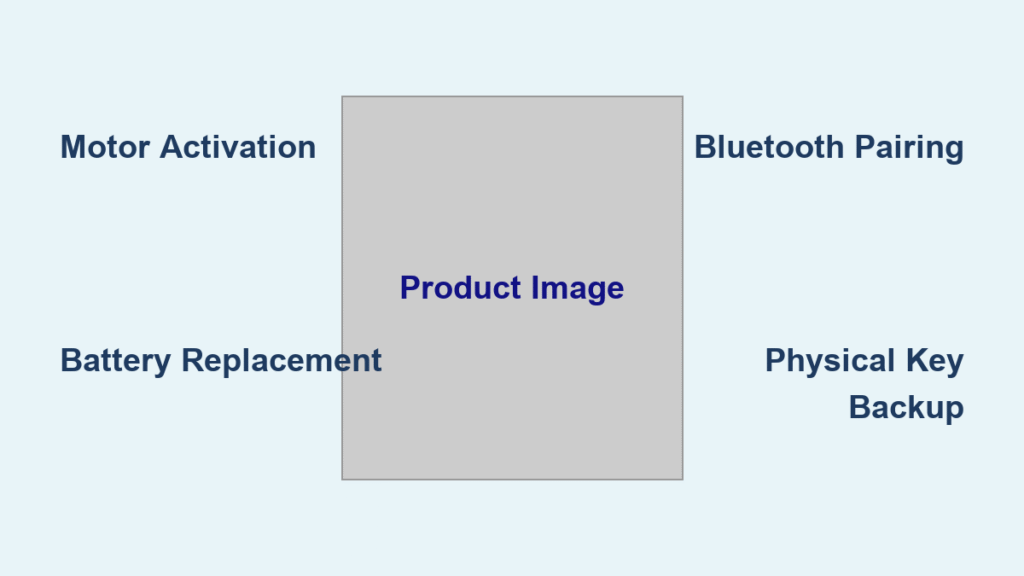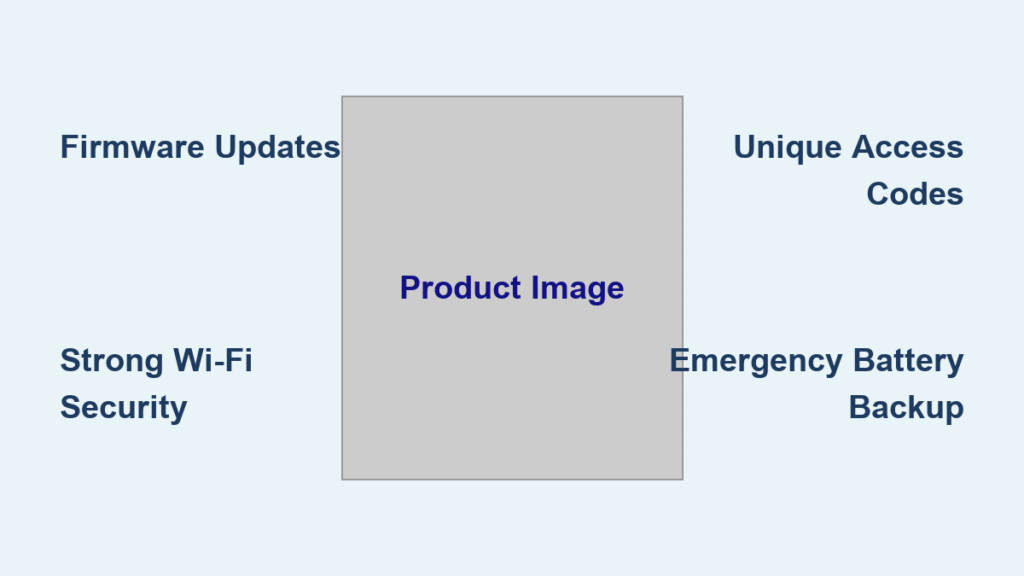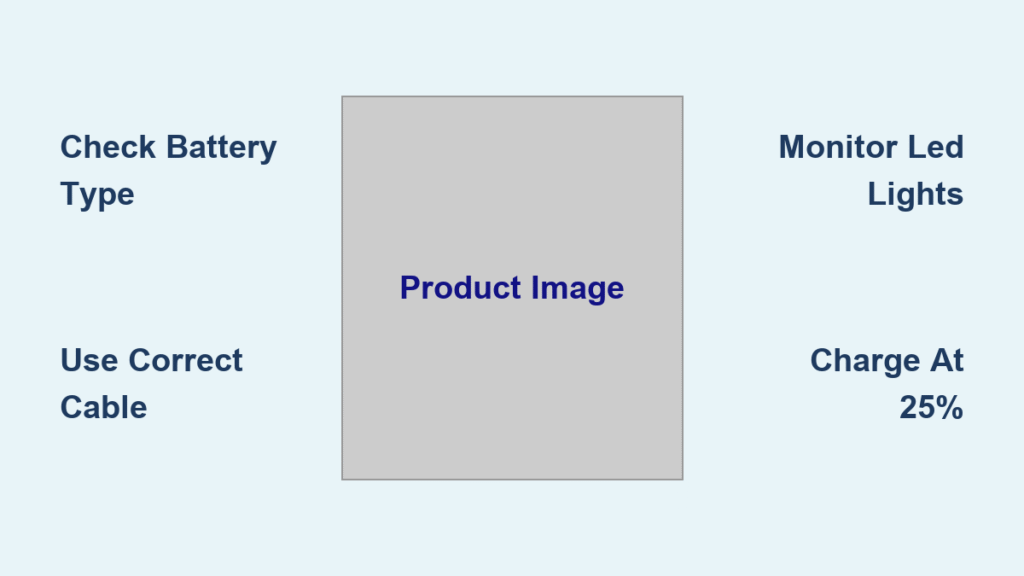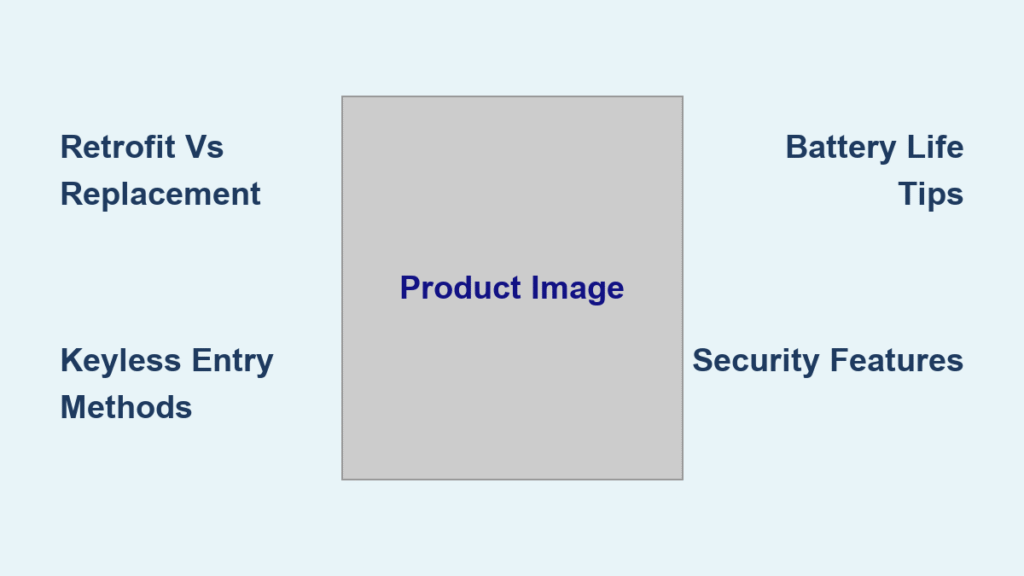Ever stood at your door juggling groceries while fumbling for keys? Kwikset’s SmartKey technology promises to solve this—and much more. Unlike traditional locks that require expensive locksmith visits for every key change, these revolutionary locks let you re-key your entire home in under a minute. But how exactly does this seemingly magical technology work, and is it truly secure enough for your family?
Let’s pull back the curtain on Kwikset’s SmartKey system, from the aluminum wafers that replace traditional pins to the sidebar mechanism that makes bump-proof security possible. You’ll discover exactly what happens when you insert that tiny re-keying tool, why some locksmiths refuse to service these locks, and whether this technology fits your specific security needs.
SmartKey Mechanism Explained

Sidebar Lock Design Revolution
Kwikset replaced the familiar brass pins and springs of traditional locks with a completely different approach. Inside every SmartKey cylinder, aluminum wafers interact with a precision-machined steel sidebar instead of individual pin stacks. When you insert your key, these wafers align with the key’s cuts (called “bitting”) to create a specific pattern. Only when all wafers reach their exact positions does the sidebar drop into place, allowing the cylinder to rotate freely.
This design fundamentally changes how the lock operates. Traditional pins move vertically in chambers; SmartKey wafers shift horizontally within the cylinder. The sidebar acts as a secondary locking mechanism that must align perfectly with wafer positions, creating what Kwikset calls “bump-proof” protection against impact attacks.
Keyway Compatibility Features
Modern SmartKey locks now use the SC1 keyway—the same format found in millions of homes nationwide. This upgrade delivers:
– 100,000 possible key combinations for enhanced security
– Compatibility with existing SC1 keys throughout your home
– Universal keying capability across multiple SmartKey locks
– Seamless integration with current key systems
Re-Keying Process Breakdown
30-Second Key Change Method
The patented re-keying process transforms your lock’s internal configuration faster than brewing coffee. Here’s the exact sequence:
- Insert current key and rotate 90 degrees clockwise
- Push in SmartKey tool (the tiny metal device included with your lock) until it clicks fully into the small slot beside the keyway
- Remove working key while keeping the tool inserted
- Insert new key completely into the cylinder
- Remove SmartKey tool and test your new key operation
The magic happens in step 3: the tool mechanically resets each wafer’s position to match your new key’s bitting pattern. No locksmith required, no lock removal needed, and the process works unlimited times under warranty.
Re-Keying Limitations to Know
Before you toss all your old keys, understand these critical restrictions:
– Lost key scenario: Without the current working key, you’ll need professional help or complete lock replacement
– Master keying impossible: Each lock accepts only one key cut at any time
– Key loss prevention: Consider creating a spare before re-keying becomes necessary
Security Features vs Vulnerabilities

Anti-Break-In Protections
SmartKey Security® incorporates multiple defensive layers:
- Pick resistance: The sidebar mechanism defies traditional lock-picking techniques
- Bump-proof cylinder: Specialized construction prevents impact attacks
- Forced entry barriers: Aluminum wafers break before allowing unauthorized rotation
Documented Security Weaknesses
Every security system has trade-offs. SmartKey’s vulnerabilities include:
Bypass vulnerability: Sophisticated “force over” tools can exploit the sidebar mechanism while maintaining original key functionality. Security researchers have demonstrated this attack, though it requires specialized equipment and expertise.
Material limitations: Aluminum wafers snap more easily than traditional brass pins under extreme force. While this might sound like a weakness, it’s actually designed to prevent lock manipulation—the wafers break before yielding to attack.
Complexity concerns: More moving parts mean more potential failure points. The sidebar mechanism’s precision tolerances can shift over time, leading to key compatibility issues.
Physical Components Inside Your Lock

What You’ll See During Installation
Every SmartKey lock contains these standard residential elements:
– Faceplate: Metal mounting plate securing the lock to your door edge
– Spring-loaded latch: Automatic bolt engagement with the strike plate
– Manual deadbolt: Secondary security operated by key (exterior) or thumb turn (interior)
– Modified cylinder: Houses the SmartKey mechanism and wafers
– Interior lever: Inside operation mechanism
– Strike plate: Frame-mounted receiver for both latch and deadbolt
Installation Requirements
SmartKey locks fit standard residential door preparations:
– Door thickness: Accommodates standard residential doors
– Backset: Adjustable for 2-3/8″ or 2-3/4″ measurements
– Bore hole: Requires standard 2-1/8″ hole
– Tools needed: Just a Phillips screwdriver and basic household tools
Electronic Integration Options
Touchscreen Smart Locks
Modern Kwikset electronic locks combine SmartKey backup with digital convenience:
Screen activation methods:
– Palm contact for quick access
– Lower-left checkmark symbol touch
– Three-finger simultaneous contact
Locking sequence: After screen activation, press the lock symbol once
Unlocking process: Enter your user code with optional SecureScreen™ random digit confirmation
Key Management Benefits
One key can operate every SmartKey lock in your home. This eliminates the frustration of carrying multiple keys for different doors while maintaining individual lock security. You can also key multiple SmartKey products alike using your existing home keys.
SmartKey vs Traditional Pin-Tumbler Comparison

Side-by-Side Security Analysis
| Security Aspect | SmartKey | Traditional Pin-Tumbler |
|---|---|---|
| Pick resistance | Engineered against traditional methods | Varies by lock grade |
| Bump protection | Immune to impact attacks | Vulnerable to bumping |
| Force resistance | Aluminum wafers may break | Brass pins resist breaking |
| Bypass vulnerability | Specialized tools can exploit | Generally more resistant |
| Mechanical reliability | Higher complexity, more failure points | Simpler, proven design |
| Master keying | Not supported | Fully supported |
Long-Term Reliability Factors
SmartKey failure modes include internal wafer displacement causing key incompatibility, sidebar mechanism jamming, aluminum component fatigue, and complex alignment issues. These problems typically require complete lock replacement rather than repair.
Traditional advantages encompass decades of proven operation, standardized replacement parts, universal locksmith service availability, and proven environmental resistance.
Maintenance and Care Guide
Monthly Maintenance Protocol
Keep your SmartKey lock operating smoothly with these simple steps:
– Lubricate monthly using silicone spray (never oil) on the key cylinder and latch mechanism
– Test strike plate security by checking mounting screws monthly
– Verify deadbolt operation ensuring smooth extension and retraction
– Clean keyway debris using compressed air or gentle brushing
Professional Service Limitations
Many locksmiths avoid SmartKey repairs due to:
– Specialized parts requiring manufacturer service
– Complex diagnostics beyond standard lock training
– Complete replacement often being the only solution for failures
Best Use Cases for SmartKey Technology
Perfect Fit Scenarios
SmartKey excels in these situations:
– Rental properties requiring frequent tenant turnover re-keying
– Vacation homes needing quick key changes between guests
– Budget-conscious installations where DIY saves locksmith costs
– Single-family residences with moderate re-keying needs
When to Choose Traditional Locks
Consider standard pin-tumbler locks for:
– Permanent residences prioritizing long-term reliability
– High-security applications demanding maximum protection
– Commercial installations requiring professional-grade security
– Master key systems needing complex key hierarchies
Final Considerations
Kwikset’s SmartKey technology delivers genuine innovation in residential security, offering unprecedented convenience for key management. The ability to re-key your locks in 30 seconds without professional help transforms how we think about home security—particularly valuable for rental properties or after roommate changes.
However, this convenience comes with trade-offs. The complex sidebar mechanism, while bump-proof, introduces new failure modes and limits professional service options. Aluminum wafers, though secure, don’t match the durability of traditional brass components.
For most homeowners, SmartKey represents an excellent balance of security and convenience. The question isn’t whether the technology works—it clearly does. Instead, consider whether the benefits of instant re-keying outweigh the potential for specialized failures. If you value convenience over absolute reliability, SmartKey delivers. If you prioritize proven durability and universal serviceability, traditional pin-tumbler locks remain the gold standard.
